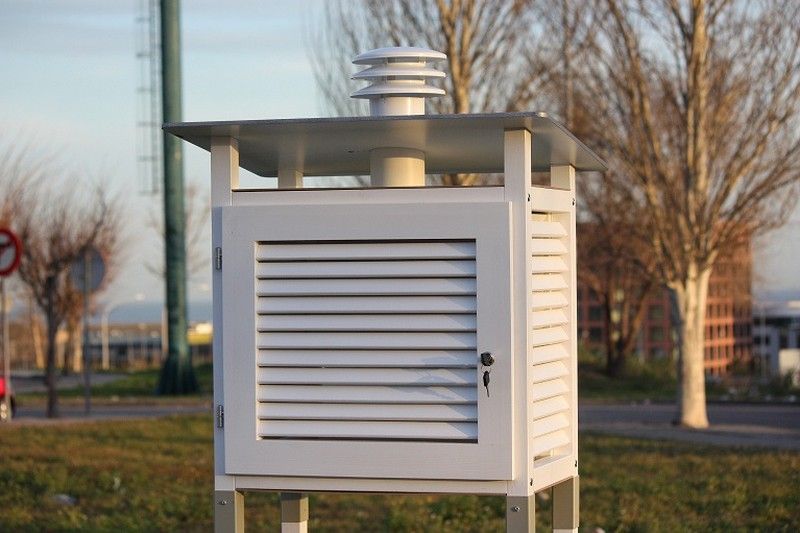Breaking records
On the eve of a heat wave, we talked about breaking meteorological records and the instruments approved for these records

Climatology is that science that studies the behavior and evolution of meteorological variables according to the historical records of these variables in a statistically significant period of time, around 30 years.
These values, to become part of the official climate records, must be recorded by approved meteorological instruments and installed according to official parameters. The sensor or instrument must always maintain the same location, so that the data or climatic series is continuous and homogeneous.
The record is the record that exceeds the maximum or minimum record recorded so far. The longer the climate series the more difficult it will be to break records.
We must start from the basis that thermometers must be installed inside a sentry box, either to house analog thermometers or digital sensors. These records can be of maximum temperature, minimum temperature or medium temperature, with extreme records being the most newsworthy and media.
The records must be validated by the official meteorological services and by the World Meteorological Organization, this does not mean that observers may also have record records of their climatic series. Historically, world and national records have been corrected and updated.
Temperature records in Spain:
- Maximum: 46.9ºC in Córdoba (Airport) on 7/13/2017
- Minimum: -32ºC in l'Estany Gento on 2/2/1956
The Hellmann 200cm2 rain gauge is the one approved by the WMO for recording total precipitation, that is, it is a totalizing rain gauge. The official rain gauge must be installed in an open area without obstacles and 1.5m from the ground.
Rain is measured in mm or l / m2 and we can measure it on a full scale or in intensity mm / min or mm / h, to measure the intensity we use a rain gauge or a digital rain gauge of rockers or better, weighing.
We must take into account two limitations, that of digital rain gauges in very intense or torrential rainfall and that of rain gauges (in general) in solid precipitation, both in the form of snow and hail. Digital heated rain gauges help, in part, solve this problem.
Precipitation records in Spain:
- in 24h: 817mm / 24h in Oliva (Valencia) on 11/3/1987
- in 1h: 159,2mm in Vinaròs (Castelló) on 10/19/2018








Opinions of our clients
Receive our news